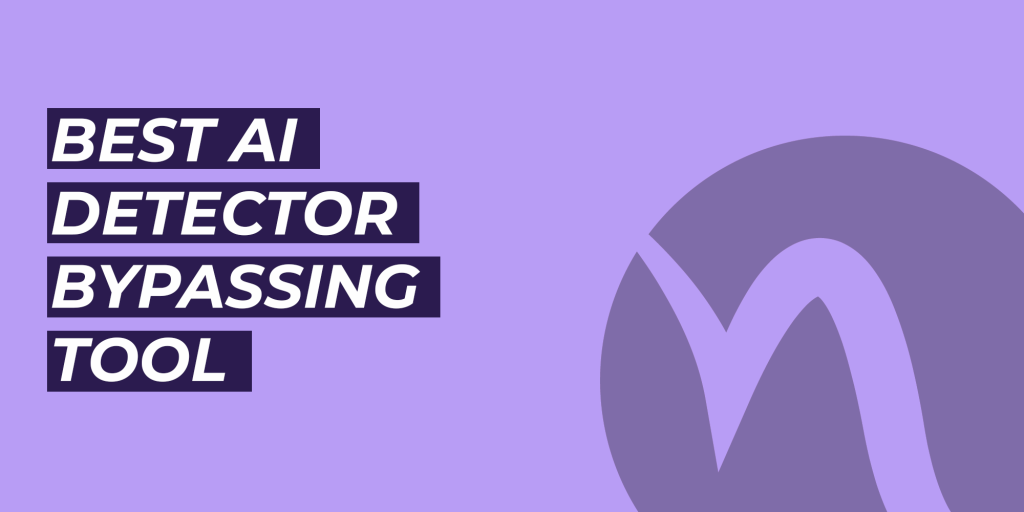AI Detection
AI Detection
Blog Article

The Increasing Challenge of Detecting AI-Generated Content in Education
Understanding how do teachers know if you use AI is a crucial question in today's educational landscape. With the rapid advancements in artificial intelligence, particularly in natural language processing, distinguishing between human and AI-generated content has become more challenging. Netus.ai offers a suite of tools designed to detect and manage AI-generated content, providing valuable resources for educators and institutions.
Challenges in Detection
The evolution of AI writing models has made detecting AI-generated content increasingly difficult. As AI systems improve, their ability to mimic human writing styles becomes more sophisticated. Traditionally, teachers who are familiar with their students' writing styles could spot discrepancies that indicate AI use. However, with advanced tools like the Netus AI paraphrasing tool, these differences are becoming harder to identify. This poses a significant challenge for educators striving to maintain academic integrity.
AI Detection Tools
To address the issue of AI-generated content, several detection tools have been developed. These tools analyze patterns in language, sentence structure, and consistency to differentiate between human and AI-generated text. For instance, tools like GPTZero employ machine learning algorithms to spot AI-written text. Despite their sophistication, these tools are not infallible and can sometimes produce false positives. The Netus AI paraphrasing tool offers enhanced detection capabilities by providing nuanced analysis of written content.
Academic Integrity
The rise of AI writing tools raises important questions about academic integrity. Educators are encouraged to use AI detection tools in conjunction with traditional plagiarism detection software. This combined approach helps ensure the authenticity of student work. Moreover, it is essential to educate students on the ethical use of AI and the importance of producing original content. Tools like the Netus AI paraphrasing tool can aid in this educational process by demonstrating how AI can be used responsibly.
Features of AI Writing
AI-generated text often lacks the emotional depth, variability, and nuanced understanding characteristic of human writing. Instead, it tends to be more formulaic, repetitive, and consistent in tone and style. These features can serve as indicators for detecting AI-generated content. The Netus AI paraphrasing tool helps users understand these characteristics by providing examples of both AI and human-written text, highlighting the subtle differences.
AI Tools and Solutions from Netus.ai
Netus.ai offers a range of tools designed to detect and refine AI-generated content. One such tool is Undetectable AI, which modifies AI-generated text to make it appear more human. This tool can adjust writing to different styles and reading levels, complicating detection efforts. Additionally, the Netus AI summarization model quickly extracts the most important information from texts, making it useful for tasks like content curation and research.
The Netus AI paraphrasing model rephrases text while preserving its original meaning, producing unique, high-quality content rapidly. This model, trained on extensive data, understands language nuances and can create undetectable rephrasings. Different paraphrasing models offered by Netus.ai cater to various needs:
- C7-N1: Focuses on active language and grammar variations for natural-sounding text.
- G9-R1: Uses nine language techniques to avoid AI detection and ensure natural sentence structures.
- V7-N2: Prioritizes synonym substitution and sentence restructuring for plagiarism-free content.
- A12-AD: Employs twelve parameters to avoid common patterns, ensuring high readability and quality.
These models help users create content that is either distinguishable from AI-generated text or intentionally made to appear more human-like. Netus AI paraphrasing tool serves as a critical resource for those looking to navigate the complex landscape of AI and human writing.
Conclusion
The rapid advancement of AI in writing poses significant challenges for educators and institutions. Understanding how do teachers know if you use AI involves using sophisticated detection tools and educating students on ethical AI use. Netus.ai provides valuable resources, including the Netus AI paraphrasing tool, to help address these challenges. By leveraging these tools and techniques, educators can better maintain academic integrity and navigate the evolving landscape of AI in education.
Report this page